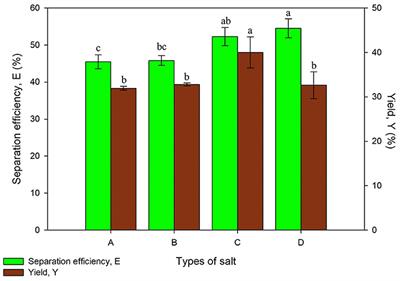ORIGINAL RESEARCH
Published on 28 Jan 2021
Tolerance of Tetraselmis tetrathele to High Ammonium Nitrogen and Its Effect on Growth Rate, Carotenoid, and Fatty Acids Productivity

doi 10.3389/fbioe.2021.568776
- 4,509 views
- 18 citations
23k
Total downloads
128k
Total views and downloads
You will be redirected to our submission process.
ORIGINAL RESEARCH
Published on 28 Jan 2021

REVIEW
Published on 04 Jan 2021
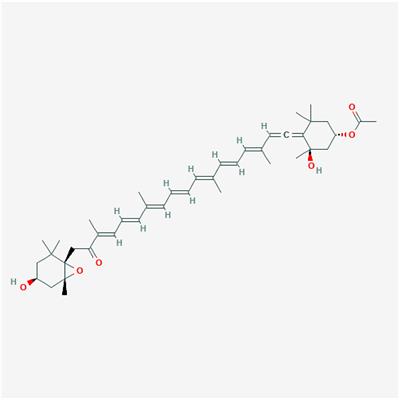
ORIGINAL RESEARCH
Published on 11 Dec 2020
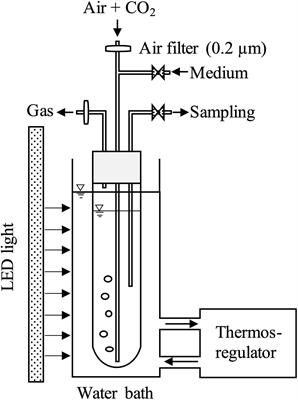
ORIGINAL RESEARCH
Published on 23 Nov 2020

ORIGINAL RESEARCH
Published on 22 Sep 2020
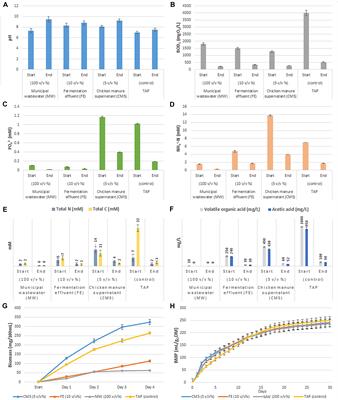
ORIGINAL RESEARCH
Published on 15 Sep 2020
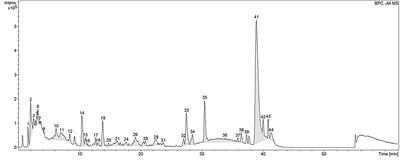
ORIGINAL RESEARCH
Published on 08 Sep 2020

REVIEW
Published on 04 Sep 2020

ORIGINAL RESEARCH
Published on 21 Aug 2020

METHODS
Published on 21 Jul 2020

REVIEW
Published on 14 Jul 2020

ORIGINAL RESEARCH
Published on 06 Dec 2019
